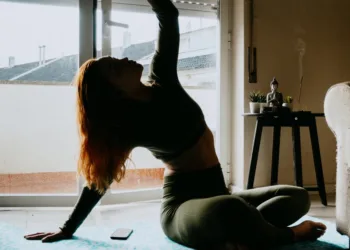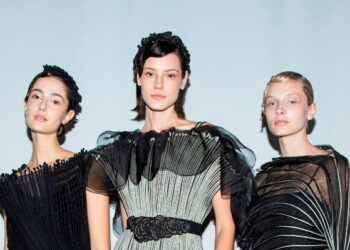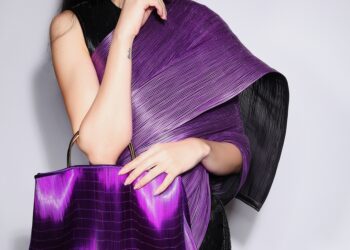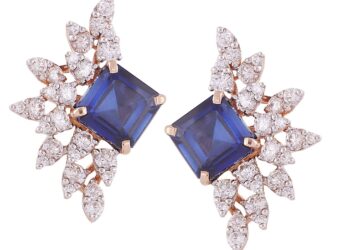BY RUKMA SALUJA
The most comfortable garment in the world is becoming hip with designers finding new ways of making the traditional attire a part of the modern Indian man’s wardrobe
Apiece of cloth tied around the waist. That’s it. Could it get simpler? Asia and Africa are home to it in some form. Colours, fabrics and patterns vary according to the region.
Cotton, linen, polyester, silk, the occasion decides the fabric, as do the designs. Could this be the first genuine unisex garment that is worn across different continents? Malay men tend to wear chequered patterns while women can be seen in batik. In Java, however, even this difference is not visible; men and women can be seen wearing the same designs. In Yemen, they even have tassels and fringes at the bottom. At heart it’s a simple sarong that works best in a hot climate where it has been the go-to apparel forever.
In India, there’s the dhoti as well. It is passed through the legs and tucked at the back or the front with pleats in the front. There’s a small distinction between the dhoti which is worn on more formal occasions and the lungi which tends to be the informal, at-home garment. A variation is the sarong style. It is the mekhla in Assam, the phalek in Manipur, mundu in Kerala, lungi in Punjab, veshti in Tamil, pancha in Telugu. How does nomenclature matter?
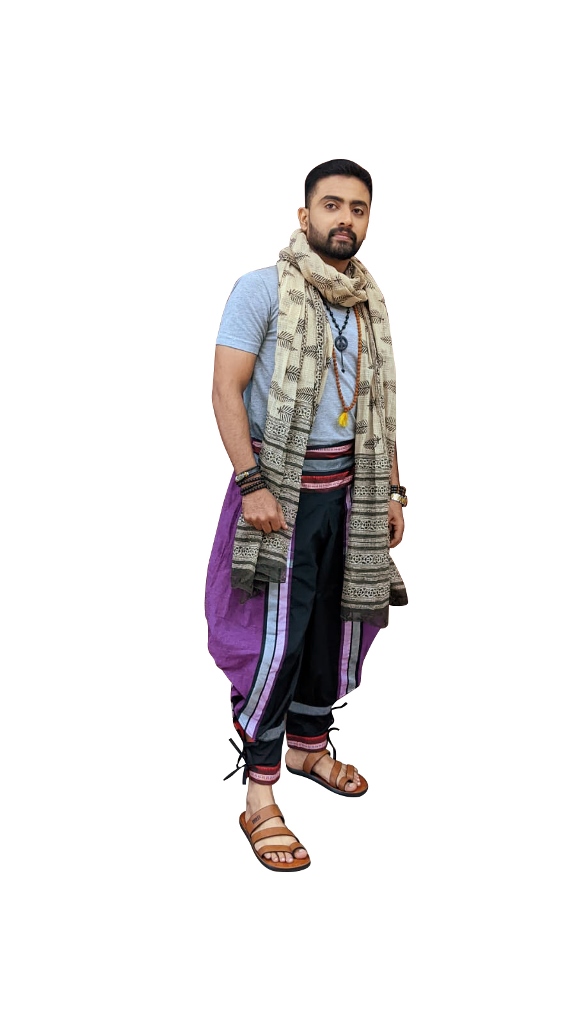
Paired with fashionable uppers, there’s nothing to beat this garment in comfort. It had lost its pride of place when tailored clothing became fashionable. The dress code in corporate offices does not allow for it; sadly, not even local business houses. Politicians, however, have kept it from going into total oblivion in the cities; rural India, of course, never let go of it. Over the years, there’s been a shift and it’s been making a gradual comeback with the dhoti salwar visible on the fashion runways.
Prasad Bidapa and Wendell Rodricks took to wearing it years ago. Their collections always had elements of what is known as ethnicwear. The Veshti Company in Chennai works creatively with bottoms for both men and women. Their harem pants are super cool, comfortable and fashionable.
Aditya Jain, a menswear designer in Kolkata (label: YAJY), is excited by the increasing attention it is getting. It has become quite the rage at weddings and so he makes them largely in silk. “At weddings, it is a given that the clothes must look dressy, the only way is to use good quality handloom silk.” To make them even dressier he puts zari and zardozi on the borders instead of the usual woven golden thread. To make them user-friendly, he makes what he calls fusionwear in standard colours like ivory and pastels that can be teamed with shirts or kurtas. “It’s a mix of the lungi and the dhoti and can be pulled on like regular trousers so that men are comfortable wearing something readymade.”
Men are experimenting with their looks and if you want to be fashionable, the season doesn’t matter, particularly at weddings. “It’s not just the lungi, it’s all bottoms for men,” he says. Harem pants and cowl pants are also spotted on fashionistas. Satin works well with these bottoms, not so much the lungi or dhoti.
ByVandy by Vandana, based in Kochi, is another brand that makes lungis for both men and women. “The ivory-coloured mundu with the golden border is almost a must at weddings and Onam,” she says. “But I have seen women dressed in the black Sabrimala lungi with a grey or white border which is normally worn by men during the month-long fasting period and when they visit the temple, as a fashion statement. It looks very fashionable and some women look good in it.” Some men have also taken to wearing the brown lungi worn by temple priests. “It looks fantastic,” she says.
In the South, it has never really gone away the way it did in the North. While in the South it can be seen on the street, in the North it remains a largely ceremonial garment worn at weddings. In the North, ethnicity is visible in the kurta pyjama and the Nehru jacket. While it is exciting to see it on the ramp with variations like the harem or the cowl pants, Aditya can’t imagine it becoming mainstream. “I don’t think a banker would wear it to work,” he says. “But at weddings, it’s one of the ways that men can dress and look different from the everyday. Different styles of Indian clothing, traditional wear work best at traditional functions.”
Designers are driven to bringing out new collections especially at festival time. Around Onam it is possible to spot painted, printed and embroidered lungis, says Vandana. Designers are also introducing fabrics like silk, cotton silk, kota doria and chanderi while the colour remains predominantly off-white.
Vandana too sees men wearing harem pants and cowl plants at parties. “I do a lot of sustainable wear and a lot of my clients want comfort wear with a difference. In hot and humid weather, loose-flowing garments that don’t stick to the body work well.” The mundu, often in handloom or soft mul cotton, is popular. She makes harem
pants to order for men who want a change from the mundu but like the soft fabric of that traditional garment.



